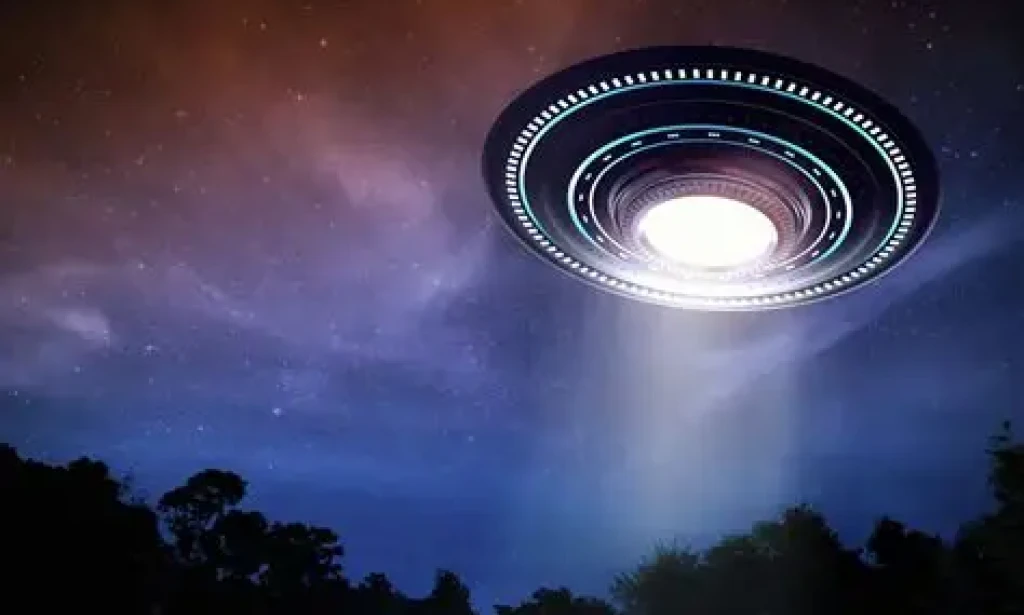The question of whether we are alone in the universe has fascinated humanity for centuries. From the earliest myths and legends to modern science fiction, humans have always looked to the stars and wondered if life exists beyond our planet. Today, this curiosity has shifted from imagination to observation, fueled by reports of UFOs, government disclosures, and astronomical discoveries. Yet despite the intrigue, the answer remains elusive: do aliens exist, or are these phenomena merely misunderstandings of the unknown?
Recent years have brought renewed attention to the topic. In 2020, the U.S. Department of Defense released videos showing what it called “unidentified aerial phenomena.” Pilots reported objects moving at incredible speeds and in ways that defy known technology. While these sightings do not confirm the existence of extraterrestrial life, they do challenge our understanding of what is in our skies. Alongside these official reports, the discovery of thousands of exoplanets orbiting distant stars has opened new possibilities. Some of these planets lie within the so-called “habitable zone,” where conditions could support life. On Earth, we have also found extremophiles — microorganisms thriving in extreme environments — suggesting that life could exist in conditions very different from our own. Together, these findings hint that the universe might be more hospitable to life than previously imagined.
Despite these tantalizing clues, confirming the existence of aliens faces significant challenges. Scientific verification is perhaps the most critical. Extraordinary claims require extraordinary evidence, yet many UFO sightings lack concrete, reproducible data. Misidentifications of weather phenomena, satellites, drones, or experimental aircraft are common, making it difficult to separate fact from speculation. Furthermore, even if intelligent life exists elsewhere, the vast distances of space make direct contact or communication extraordinarily difficult with current technology. These hurdles mean that while evidence is intriguing, definitive answers remain out of reach.
Looking forward, however, the search for extraterrestrial life is gaining momentum. Upcoming space missions to Mars, Europa, and Titan aim to detect signs of microbial life, while initiatives like SETI continue scanning the cosmos for structured radio signals. Artificial intelligence is also being deployed to analyze massive amounts of astronomical data, potentially identifying patterns that humans could easily miss. Scientists predict that within the next few decades, we might discover microbial life within our solar system or detect signals from intelligent civilizations beyond it. Whether these discoveries will be subtle or transformative is unknown, but the search itself is reshaping how we think about our place in the cosmos.
In the end, the question of alien existence remains unanswered, but the journey to find the truth is as fascinating as any discovery could be. UFOs, exoplanets, and mysterious phenomena push humanity to explore, question, and expand our understanding of life itself. Even without definitive proof, the pursuit of knowledge reminds us of the vastness of the universe and the potential for life beyond our world. Perhaps one day, science will provide the answer we seek — until then, the mystery continues, inviting us to imagine, investigate, and dream.

You must be logged in to post a comment.